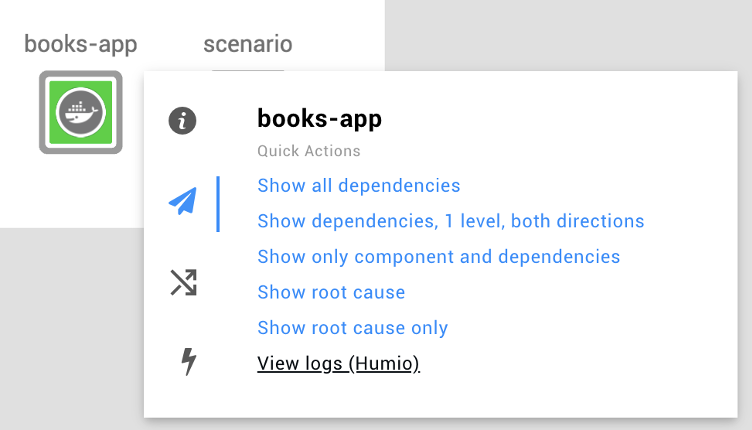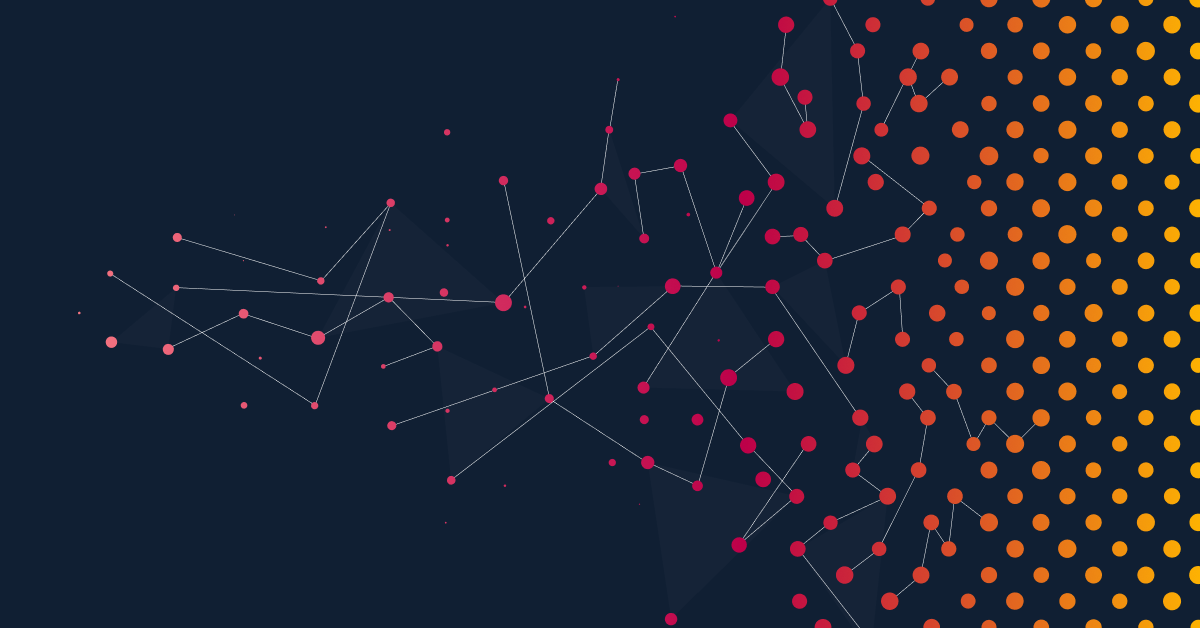Why StackState & Humio?
StackState gives you the ability to visualize your entire IT landscape automatically, so you always know what components are running and how they communicate. When something in your landscape inevitably fails, StackState can contextualize this for you by examining your IT topology from the failure upwards. Does the failure impact any business services? Which ones? Is it affecting customers? If one of your services is impacted, your DevOps team will want to fix the issue. It is looking at the issue in a downwards direction - is the failing component the cause of the failure, or is one of its dependencies failing? Is there a shared service outage that causes your entire IT landscape to turn red? In other words, what component needs fixing?
Enter Humio...
Once you’ve located a failing component you want to troubleshoot, you’ll need to figure out why it fails. Looking at the service’s log files is the most obvious place to start. This is where the integration with Humio comes into play. Humio’s streaming log management platform allows you to search unlimited data in real-time to get to the bottom of the problem. Using an easy-to-use Helm chart, you’ll have Humio up and running on a Kubernetes cluster in no time, streaming all logs to Humio.
Integrating Humio & StackState: what's in it for you?
Using the Humio StackPack in StackState, you can quickly jump from a container straight to the log files in Humio to figure out what’s wrong with the application it’s running. Humio and StackState also invert the relation. When you are looking at a container’s log, Humio lets you jump back to StackState to see the state of your landscape at the precise moment the logline was created. You’ll have the entire state of the application at your fingertips. Combined, StackState and Humio provide you with complete top-to-bottom visibility into your IT and application landscape, allowing you to freeze time, investigate, and fix any issue.


Get started with the StackState Integration - Click Here!
About StackState
StackState's Topology and Relationship-Based Observability platform allows you to more effectively manage your dynamic IT environment by unifying performance data from your existing monitoring tools into a single pane of glass . Enabling you to:
Decrease MTTR: Decrease MTTR by 80% by identifying root cause and alerting the right teams with the right information
Less Outages: Reduce the number of outages by 65% through real-time unified observability and more planful planning
Faster Releases: Increase application releases by 3X by giving time back to developers



